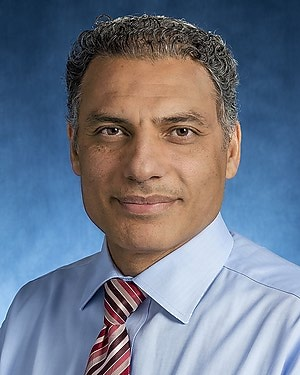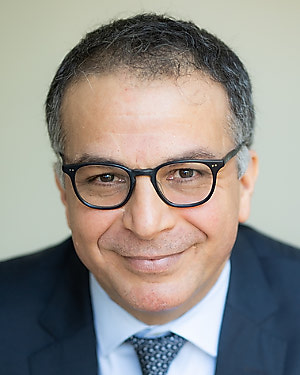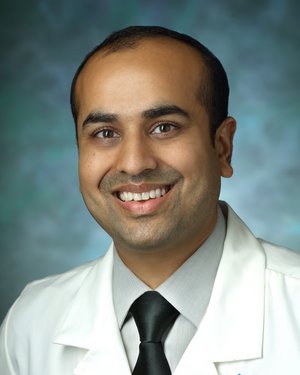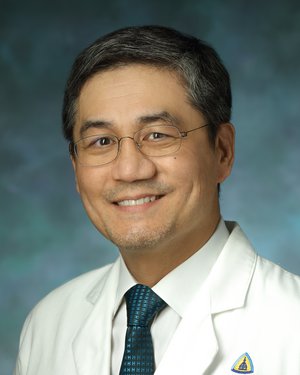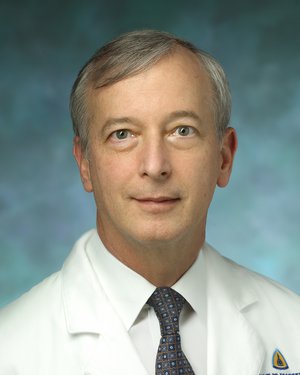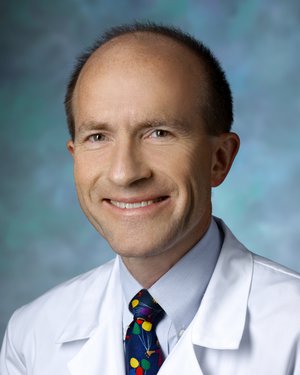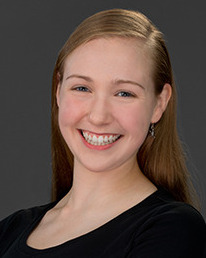The spine division at the Johns Hopkins Department of Orthopaedic Surgery offers expert, personalized care to patients with a wide range of back and neck conditions, including treatment for spinal arthritis, disc degeneration, scoliosis, spinal deformities and tumors. We integrate traditional surgical methods with the latest minimally-invasive and robotic techniques. This allows us to provide full-spectrum care from routine cervical and lumbar surgery to complex spinal reconstruction and revision surgeries. Our goals are to take excellent care of patients, advance our field through research and train the next generation of leaders in spine surgery.
On This Page
Conditions We Treat | Why Choose Johns Hopkins | Our Expertise and Approach | Our Experts | Patient Resources | Care Locations | Make a Gift
Schedule an Appointment
Schedule online through MyChart
Some services may not be available for online scheduling.
Log into MyChart | Sign up for MyChart
Schedule by phone
Conditions We Treat
- Chin-on-Chest Deformity
- Degenerative Disc Disease
- Herniated Discs
- Kyphosis
- Myelopathy
- Radiculopathy
- Scoliosis
- Spinal Stenosis
- Spine fractures and other spinal trauma
- Spinal infections
- Spinal tumors (both metastatic and primary tumors)
- Spondylolisthesis
- Vertebral compression fractures
Why Choose Johns Hopkins for Spine Surgery
Advanced Expertise
Minimally Invasive Approaches
Compassionate Care
Patient Stories
Spinal Fusion | Scott's Story
From Severe Back Pain to Living Life as She Always Wanted | Anne's Story
Our Expertise and Approach
Our spine experts in the Department of Orthopaedic Surgery are leaders in their field and treat a range of spine conditions. Here is how we approach some of the most common spine problems we treat.
-
Cervical, lumbar and thoracic degenerative disc disease, as well as bulging and herniated discs, are some of the disc-related conditions our specialists are experienced in treating. If degenerative disc disease leads to or worsens spinal stenosis, myelopathy or radiculopathy, our orthopaedic spine experts can help address these conditions as well.
Although we consider nonsurgical treatments first, our surgeons are skilled in procedures such as spine decompression, disc removal and replacement, and spinal fusion that may be needed in some cases.
When you request an appointment with one of our orthopaedic spine specialists, he or she will carefully examine you and your MRI scans to determine which treatment approach will best meet your health goals.
Surgical options are available for people who experience severe pain or significant loss of function and didn’t have success with other treatments. Surgery may involve removal and replacement of the whole or a part of the affected disc (partial or total disc replacement). Another procedure is disc removal (discectomy) with spinal fusion that reduces the movement in the damaged spine segment.
Our degenerative disc disease specialists:
-
Our team has helped numerous patients relieve pain from herniated discs in the lower back and neck, as well as less common locations such as the midback. We also treat conditions that can be caused by herniated discs, such as radiculopathy, myelopathy and similar nerve and spinal cord compression issues.
Surgery may be needed if other treatments don’t help. However, for some people, surgery may be the best first line of treatment, especially if a herniated disc presses on the spinal cord or nerves connected to it. This pressure can be severe enough to affect the bowel and bladder function, or cause pain or loss of function in certain areas. Our team can help you decide if it’s the right time for surgery.
Our herniated disc specialists:
-
Our spine specialists treat a variety of myelopathy (spinal cord compression) conditions, including cervical myelopathy, thoracic myelopathy, cervical spondylotic myelopathy and traumatic myelopathy.
Because myelopathy is a result of the spinal cord being squeezed inside the spinal column, spine decompression surgery may be necessary to treat it. This type of surgery can be performed with or without spinal fusion (a procedure that fuses together several spine segments). Our surgeons are skilled in both approaches:
- Spine decompression without fusion is called laminoplasty. This procedure opens up the spinal canal by inserting metal plates or bone spacers into the lamina (the back arch of the vertebra).
- Spine decompression with fusion can be done from the front or from the back. To remove pressure from the spinal cord, our spine specialists may also need to remove all or parts of the lamina, the damaged spinal disc(s), or the vertebrae. When tissues like these are removed, the affected portion of the spine often needs to be fused together to ensure stability.
Our myelopathy specialists:
-
Our physicians treat patients with all types of radiculopathy, including cervical radiculopathy (in the neck), lumbar radiculopathy or sciatica (in the lower back) and thoracic radiculopathy (in the upper to mid back) in both chronic and acute forms. Advanced radiculopathy can greatly affect your quality of life and even result in permanent nerve damage.
Surgical treatments for radiculopathy are focused on removing the tissue that is constricting the nerve root. This may include removal of all or parts of a herniated disc or widening of the opening where a nerve root exits the spine. Spinal fusion may also be necessary to stabilize the spine by fusing a few segments together.
Our radiculopathy specialists:
-
Our spine specialists treat a variety of spinal stenosis (narrowing of the spinal canal) conditions, including cervical, lumbar and thoracic spinal stenosis and multilevel spinal stenosis.
The team also treats conditions resulting from spinal stenosis, such as radiculopathy and myelopathy, and conditions contributing to spinal stenosis, such as spondylolisthesis.
If nonsurgical treatments don’t provide sufficient relief, surgery may be necessary to remove tissues that are pressing on the spinal cord or nerve roots. These tissues may include all or parts of intervertebral discs, vertebrae, facet joints or hardened ligaments.
If tissue removal makes the spine unstable, our surgeons may recommend stabilizing the spine through spinal fusion or other stabilization devices. Sometimes this can be avoided with motion-sparing techniques such as laminoplasty (insertion of spacers), disc replacement or other procedures that can decompress the spine without making it unstable.
Our spinal stenosis specialists:
-
The term kyphosis refers to a spine abnormality in which the spine curves outward at a severe angle at the midback. Kyphosis should not be confused with scoliosis, which is a sideways curvature of the spine.
Treatment for kyphosis and scoliosis depends on the severity of the condition.
Bracing may be enough in mild cases. In severe cases, surgery may be an appropriate treatment.
Our kyphosis and scoliosis experts:
- Amit Jain, M.D., M.B.A.
- Sang Hun Lee, M.D., Ph.D.
- Paul David Sponseller, M.D.
- Kristen Venuti, C.R.N.P.
The Spine Outcomes Research Center
Richard Skolasky, Sc.D., and his team from the Spine Outcomes Research Center focus on finding new ways to help patients with spine conditions improve their quality of life. His team has found that phone follow-ups can be useful for spine surgery patients. When patients understand the importance of physical therapy and home exercises, they are more likely to follow through. Phone follow-ups help inform patients and motivate them to stick to the recommended recovery plan.
Learn more about the Spine Outcomes Research CenterSpine Experts
Spine Division Chief
Advanced Practitioners
Many of our spine specialists also have a nurse practitioner (N.P.) or physician assistant (P.A.) who support their practices:
Our Doctors Help You Make the Right Decision
Spine Surgery | Q&A with Dr. Hamid Hassanzadeh
Spinal Fusion | Q&A with Dr. Amit Jain
Minimally Invasive Endoscopic Spine Surgery | Overview with Dr. Sang Lee
Spine Conditions: Frequently Asked Questions
Cervical Spine Osteotomy for Chin-on-Chest Deformity
Chin-on-Chest deformity is one of the most debilitating spinal deformities, causing chronic pain, nerve root dysfunction and poor quality of life. Orthopaedic spine surgeon Sang Hun Lee discusses cervical spine osteotomy, a procedure used to realign the spine.




